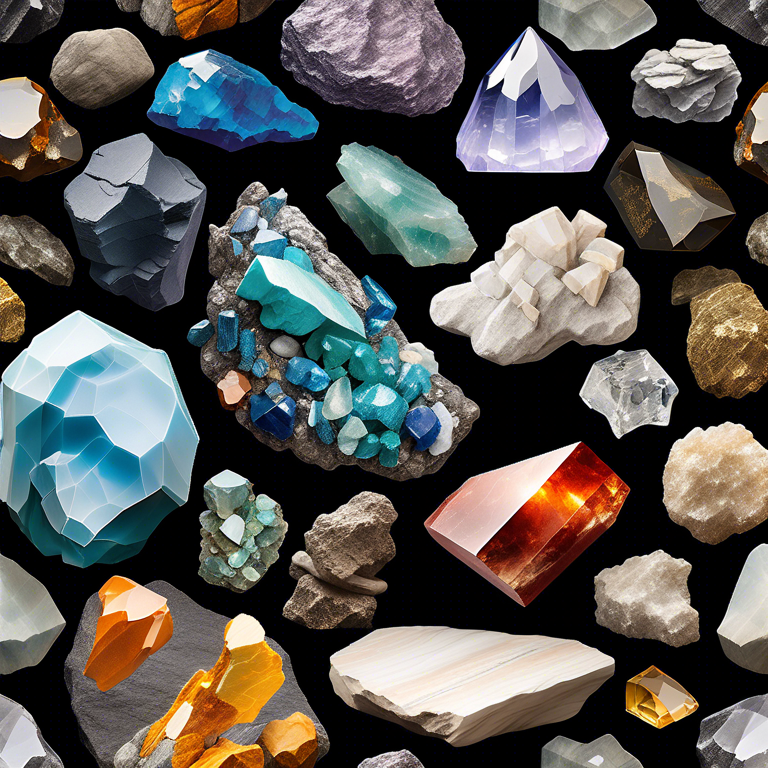This article delves into the fascinating world of rocks and minerals, shedding light on the factors that determine their worth. From the most cherished gemstones to the common stones beneath our feet, we explore what gives rocks their value, how their prices are estimated, and the intricate relationship between aesthetics, rarity, and utility in defining their monetary and scientific importance.

The Essence of Rocks’ Worth
The value of a rock or mineral is fundamentally influenced by several factors. These include rarity, demand, aesthetic appeal, and its utility across various industries. Rocks and minerals that are abundant and easy to procure, such as quartz or feldspar, generally hold less monetary value. In contrast, those that are rare and in high demand, like diamonds or emeralds, can fetch astronomical prices. However, the worth of a rock isn’t solely dictated by its market value; scientific rocks possess an intrinsic worth owing to the knowledge they hold about Earth’s history and geology.
Rarity is a significant determinant of a rock’s value. Gemstones like diamonds, rubies, and sapphires are highly prized due to their scarcity. The presence of certain minerals can also enhance the worth of a rock. For instance, rocks containing gold or silver deposits can be extremely valuable. Demand plays a crucial role too; trends in jewelry and interior design can spike the prices of certain minerals and rocks. Aesthetic appeal is another crucial aspect. The color, clarity, and cut of a gemstone influence its desirability and, consequently, its value. Lastly, the utility of rocks in various industries, from construction materials to technological components, contributes to their worth.
Estimation Techniques and Market Dynamics
The process of estimating a rock’s worth can be complex. Professional gemologists and geologists frequently employ scientific tools and techniques to assess the quality and purity of rocks and minerals. The Mohs scale of mineral hardness, for example, is a tool used to gauge the scratch resistance of various minerals, influencing their practical applications and value. The market for rocks and minerals is dynamic, influenced by a range of factors from global economic trends to technological advancements. For instance, the increasing demand for lithium for battery production has significantly increased the value of lithium-bearing minerals.
In the realm of gemstones, certification plays a crucial role in valuation. Certificates from reputable organizations like the Gemological Institute of America (GIA) assure the authenticity and quality of gemstones, affecting their market value. The weight (carats
), color, clarity, and cut (the 4 Cs) are key factors in determining the value of gemstones. For collectible or scientifically significant rocks and minerals, provenance, or the history of a specimen, can also enhance its value.
The Intrinsic Value Beyond Economics
While the economic worth of rocks and minerals is significant, their intrinsic value should not be overlooked. For geologists, a humble-looking rock could hold vital clues about Earth’s past climates, tectonic movements, and life evolution. Minerals also play a critical role in our daily lives, from the graphite in pencils to the silicon in computer chips. Therefore, their value extends far beyond their monetary price, contributing to both scientific knowledge and technological advancement.
In conclusion, the value of rocks and minerals is multifaceted, encompassing economic, aesthetic, and scientific dimensions. Understanding the complexity behind the worth of these natural treasures enriches our appreciation of the Earth and underscores the importance of conservation and sustainable use of geological resources. As we continue to explore and study the mineral wealth beneath our feet, we gain insights not only into the planet’s history but also into the materials that could shape our future.

